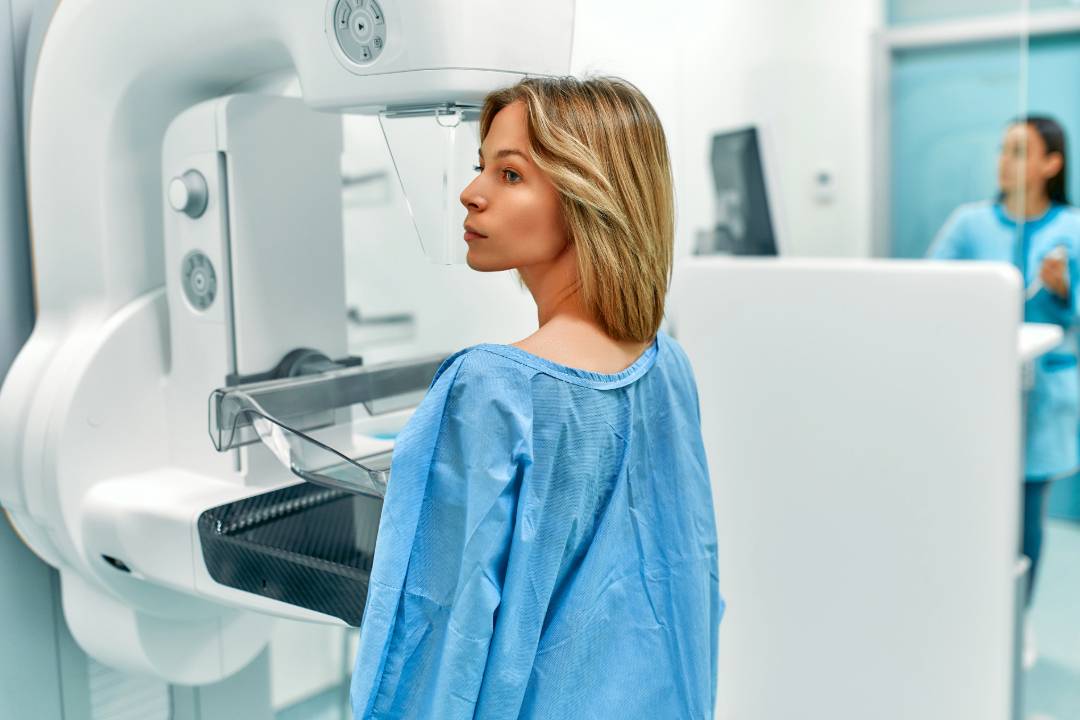
Breast Cancer Awareness: Key Testing Methods Every Woman Should Know
Breast cancer remains one of the most common cancers among women worldwide, yet early detection offers the best chance of survival. Understanding the testing methods available can empower women to take charge of their health and catch potential problems early. This article explores the critical testing methods every woman should know, emphasizing the importance of awareness and proactive care.
Understanding Breast Cancer
Breast cancer develops when cells in the breast start growing uncontrollably, forming a mass or tumor that can be either benign (non-cancerous) or malignant (cancerous) and may spread to other areas of the body. The disease comes in different forms, including ductal carcinoma, lobular carcinoma, and triple-negative breast cancer, each with its unique characteristics and treatments. The grades of breast cancer refer to how quickly the cancer is likely to grow and spread, influencing treatment decisions.
Certain factors increase the risk of developing breast cancer. These include age (risk rises as women get older), family history, genetic mutations (such as BRCA1 and BRCA2), obesity, smoking, alcohol consumption, and hormonal factors like prolonged estrogen exposure.
When caught early, breast cancer is highly treatable. Early detection often leads to less invasive treatments and better outcomes, underscoring the value of regular screenings and awareness.
Key Testing Methods for Breast Cancer
Early detection of breast cancer relies on a range of effective testing methods that help identify abnormalities and guide timely treatment decisions.
Breast Self-Exams (BSE)
Breast self-exams are simple, at-home checks women can perform to look for lumps, changes in size or shape, or unusual skin changes.
-
Begin by looking at your breasts in the mirror, and checking for visible changes. Use your fingertips to feel for lumps, starting from the outer edge and moving toward the center. This can be done in the shower or while lying down.
-
While BSEs help women become familiar with their bodies, they are not a replacement for medical screenings like mammograms.
Clinical Breast Exams (CBE)
A clinical breast exam is performed by a healthcare provider during a routine check-up.
-
The provider examines the breasts and underarms for lumps or abnormalities.
-
For women in their 20s and 30s, clinical breast exams are typically recommended every three years, while annual exams are advised for those aged 40 and above.
Mammograms
Mammograms are the gold standard for breast cancer screening, using low-dose X-rays to identify abnormalities.
-
Types of Mammograms:
-
Screening Mammogram: Performed on women with no symptoms as a preventive measure.
-
Diagnostic Mammogram: Ordered when symptoms or abnormalities are detected during a screening or exam.
-
-
When to Start: Guidelines vary, but many organizations recommend beginning regular mammograms at age 40 or 50, depending on risk factors.
Ultrasound Imaging
Ultrasound uses sound waves to produce images of breast tissue, making it especially useful for women with dense breasts where mammograms may be less effective. As part of a broader Breast Cancer Treatment strategy, it is often a supplementary test to investigate abnormalities found during a mammogram or CBE.
Magnetic Resonance Imaging (MRI)
An MRI uses magnetic fields to create detailed images of the breast.
-
Who Benefits Most: Women at high risk, such as those with a strong family history or genetic predisposition, may benefit from annual MRIs alongside mammograms.
-
Pros and Cons: While MRIs are highly sensitive, they can also produce false positives, leading to unnecessary biopsies or anxiety.
Biopsy Procedures
A biopsy involves taking a small sample of tissue from the breast to determine if it is cancerous.
-
Types of Biopsies:
-
Fine-Needle Aspiration: Removes fluid or cells with a thin needle.
-
Core Needle Biopsy: Uses a larger needle to remove a tissue sample.
-
Surgical Biopsy: Removes part or all of the suspicious lump for examination.
-
-
Why It Matters: Biopsies are essential for confirming a diagnosis after other tests detect abnormalities.
How to Choose the Right Testing Method
Your age, family history, personal health history, and breast density influence which screening methods are most suitable. Some women delay testing due to cost, fear, or accessibility. Seek programs offering free or affordable mammograms, and remember that knowledge and early action are key to overcoming fear.
There is no one-size-fits-all journey for those with a cancer diagnosis, so it is essential to always consult your doctor to develop a personalized screening plan based on your unique risk factors.
Tips for Staying Proactive
Mark your calendar for routine check-ups and screenings. Create a timeline based on recommended guidelines for your age group.
Maintaining a healthy weight, exercising regularly, avoiding smoking, and limiting alcohol intake can reduce your risk of developing breast cancer.
Participating in breast cancer awareness events and initiatives can inspire others to prioritize their health and contribute to advancing research.
Conclusion
Breast cancer awareness is not just about understanding the disease but also taking proactive steps toward prevention and early detection. Familiarizing yourself with key testing methods like mammograms, ultrasounds, and biopsies can make a significant difference. Whether you’re conducting a breast self-exam or discussing screening options with your doctor, remember that early detection saves lives. Take the first step today—schedule a screening and encourage the women in your life to do the same. Together, we can fight breast cancer through education, awareness, and action.

Comments (0)